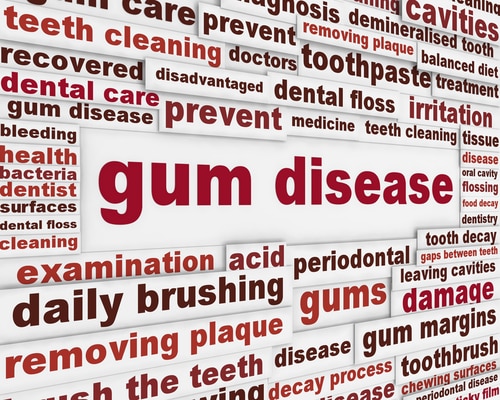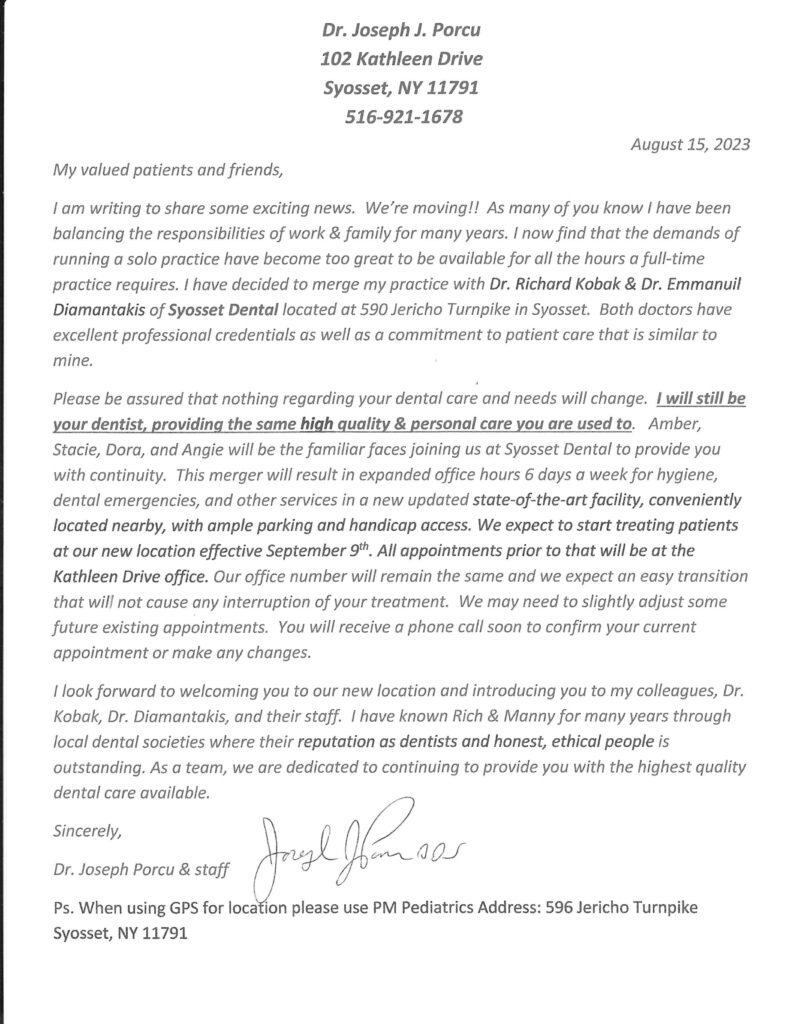 A large part of the population suffers from some form of gum disease – or periodontitis. It can actually be reversed if caught in it’s early stages, known as gingivitis. However, just like other infections, gum disease can spread quickly and begin to affect your overall health. In the worst cases of periodontitis – you could risk losing teeth. Fortunately, this is completely avoidable by practicing preventive dentistry! Each component targets the infection-causing bacteria around your mouth, ultimately optimizing your oral health. Additionally, you can never know too much – understanding the causes and symptoms of gum disease can help you to take action as soon as possible.
A large part of the population suffers from some form of gum disease – or periodontitis. It can actually be reversed if caught in it’s early stages, known as gingivitis. However, just like other infections, gum disease can spread quickly and begin to affect your overall health. In the worst cases of periodontitis – you could risk losing teeth. Fortunately, this is completely avoidable by practicing preventive dentistry! Each component targets the infection-causing bacteria around your mouth, ultimately optimizing your oral health. Additionally, you can never know too much – understanding the causes and symptoms of gum disease can help you to take action as soon as possible.
How The Infection Begins
Normal bacteria can be found all around your mouth, they aren’t dangerous until they come in contact with other particles. Then, a sticky bacteria (plaque) is formed. When plaque is left on your teeth over time, it turns into tartar – a tougher bacteria. While brushing and flossing your teeth helps to minimize plaque, tartar is much more difficult to remove. Without dental cleanings, tartar can build up around your teeth and gum line – endangering your gum tissue.
Do You Have Gum Disease?
Once infected, gingivitis typically presents with tender, swollen, or red gums. One of the most common (and commonly ignored) symptoms of infection is bleeding gum tissue – regardless of whether you’re brushing or flossing.
The longer gum disease is left untreated, the worse the infection becomes. As it progresses, you may notice receding gum tissue or pockets forming around your teeth. If the pockets become large enough, your teeth can lose their supporting gum tissue and become loose.
If you notice any of these signs – don’t hesitate to call your dentist. The earlier you start fighting the infection, the easier it is!











